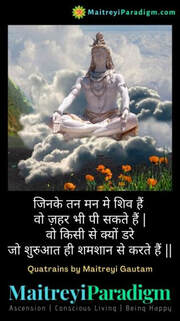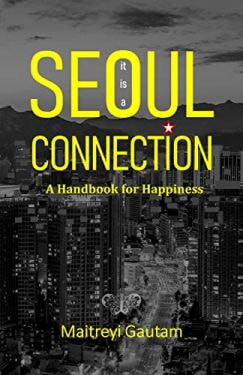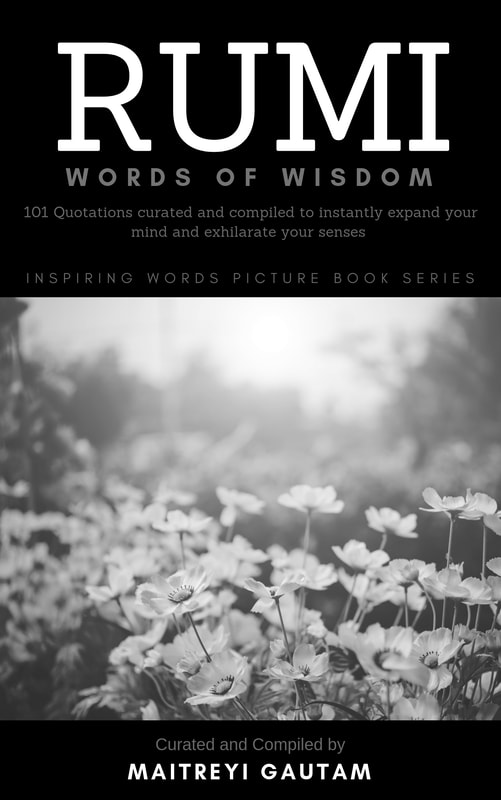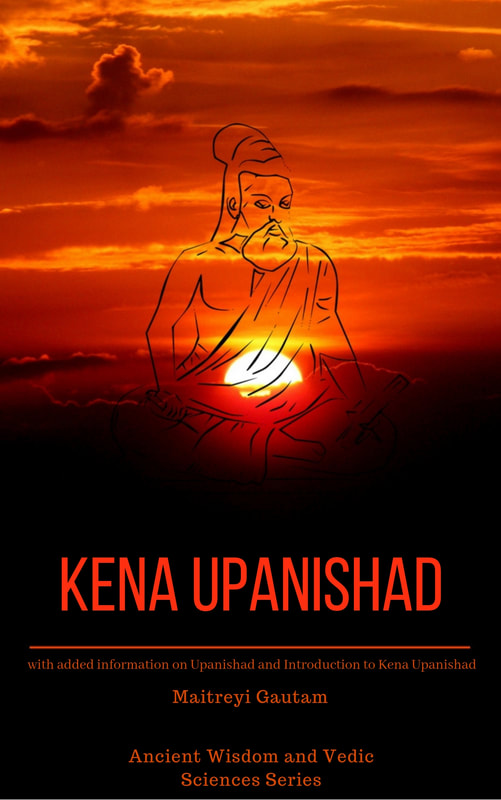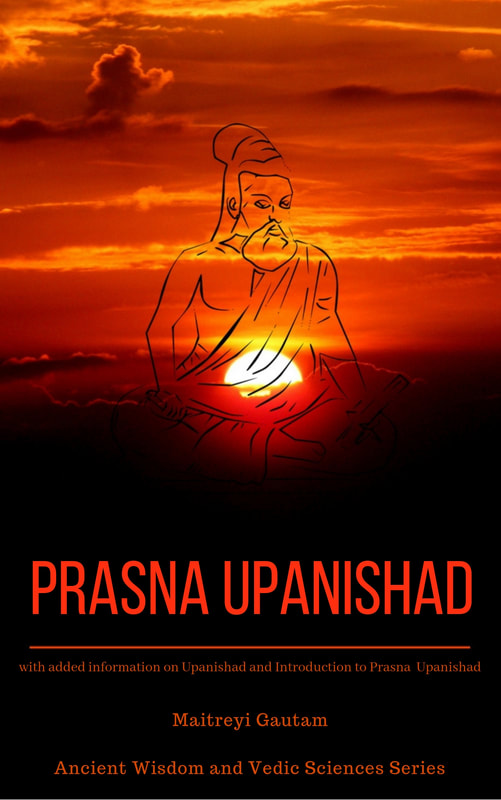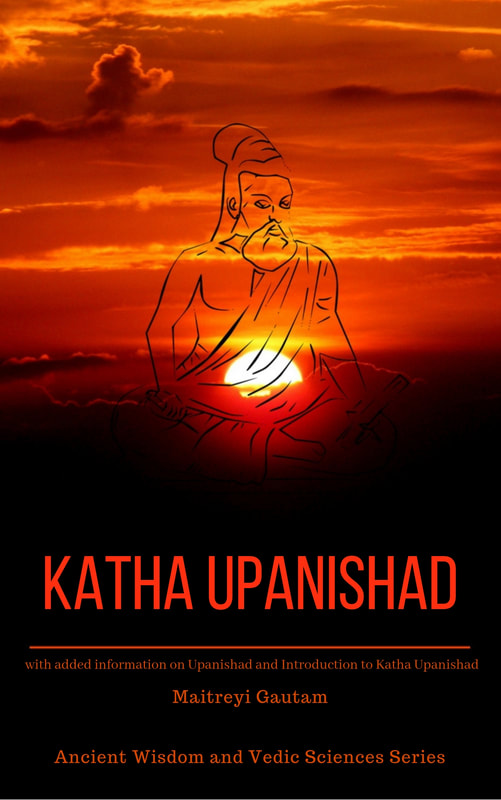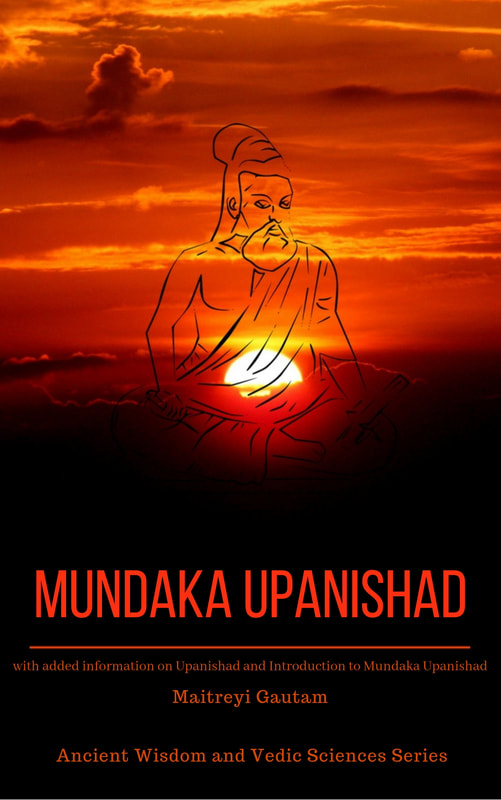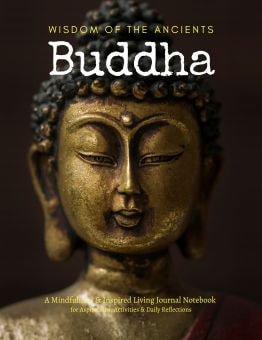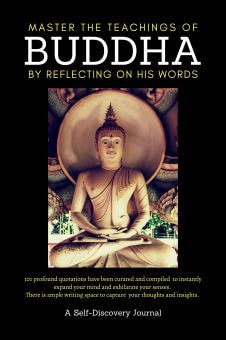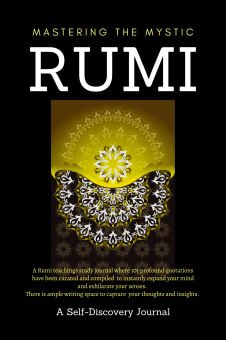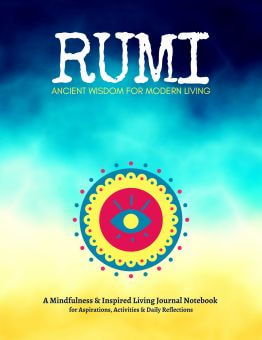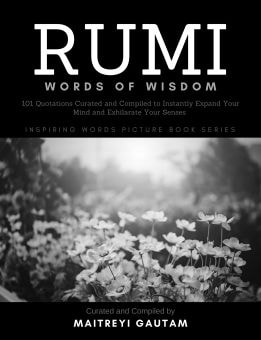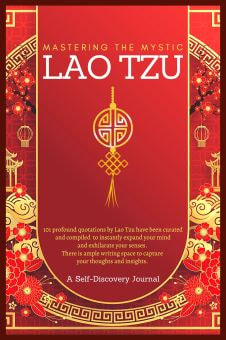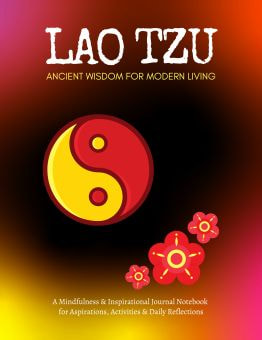Champa Shashthi is an important Hindu festival predominantly celebrated in the state of Maharashtra, India. It is dedicated to Lord Khandoba, a regional avatar of Lord Shiva, and is observed on the sixth day (Shashthi) of the Margashirsha month of the Hindu lunar calendar. The festival spans six days, culminating on Champa Shashthi, and is marked by various rituals and cultural traditions that honor Lord Khandoba.
Lord Khandoba, also known as Martanda Bhairava or Malhari, is venerated as the deity of fertility, the protector of cattle, and a god of war. He holds a special place in the hearts of farming and pastoral communities. Champa Shashthi is celebrated with great enthusiasm in areas where Lord Khandoba is the presiding deity, particularly at the famous Khandoba temples in Jejuri and other parts of Maharashtra.
The festival's origins are rooted in local lore and legends associated with Lord Khandoba. According to one popular legend, it commemorates the day when Lord Khandoba defeated the demons Mani-Malla and restored peace. The rituals performed during this period are believed to ward off evil spirits and negative energies, ensuring peace and prosperity.
Devotees undertake pilgrimages to Khandoba temples, often walking long distances to offer their prayers. The celebration is marked by the lighting of lamps, chanting of hymns, and the performance of aartis. A unique feature of the festival is the offering of turmeric powder, which is considered sacred to Lord Khandoba. Devotees apply this turmeric powder to the deity's idol and also to themselves, symbolizing protection and blessings.
Another significant aspect of Champa Shashthi is the enactment of mythological stories related to Lord Khandoba via 'Lezim', which is a form of folk theatre. These enactments, accompanied by traditional music and dance, not only serve as a form of devotion but also as a means to preserve and propagate the region's cultural heritage.
The festival is also a time for community gathering and celebration. Feasts are prepared, and families come together to share meals. The communal aspect of the festival reinforces social bonds and provides an opportunity for communal harmony and joy.
In essence, Champa Shashthi is a festival that celebrates faith, folklore, and local traditions, centered around the worship of Lord Khandoba. It reflects the rich tapestry of regional Hindu festivals in India, showcasing the diversity and depth of the country's cultural and spiritual practices.
Lord Khandoba, also known as Martanda Bhairava or Malhari, is venerated as the deity of fertility, the protector of cattle, and a god of war. He holds a special place in the hearts of farming and pastoral communities. Champa Shashthi is celebrated with great enthusiasm in areas where Lord Khandoba is the presiding deity, particularly at the famous Khandoba temples in Jejuri and other parts of Maharashtra.
The festival's origins are rooted in local lore and legends associated with Lord Khandoba. According to one popular legend, it commemorates the day when Lord Khandoba defeated the demons Mani-Malla and restored peace. The rituals performed during this period are believed to ward off evil spirits and negative energies, ensuring peace and prosperity.
Devotees undertake pilgrimages to Khandoba temples, often walking long distances to offer their prayers. The celebration is marked by the lighting of lamps, chanting of hymns, and the performance of aartis. A unique feature of the festival is the offering of turmeric powder, which is considered sacred to Lord Khandoba. Devotees apply this turmeric powder to the deity's idol and also to themselves, symbolizing protection and blessings.
Another significant aspect of Champa Shashthi is the enactment of mythological stories related to Lord Khandoba via 'Lezim', which is a form of folk theatre. These enactments, accompanied by traditional music and dance, not only serve as a form of devotion but also as a means to preserve and propagate the region's cultural heritage.
The festival is also a time for community gathering and celebration. Feasts are prepared, and families come together to share meals. The communal aspect of the festival reinforces social bonds and provides an opportunity for communal harmony and joy.
In essence, Champa Shashthi is a festival that celebrates faith, folklore, and local traditions, centered around the worship of Lord Khandoba. It reflects the rich tapestry of regional Hindu festivals in India, showcasing the diversity and depth of the country's cultural and spiritual practices.



